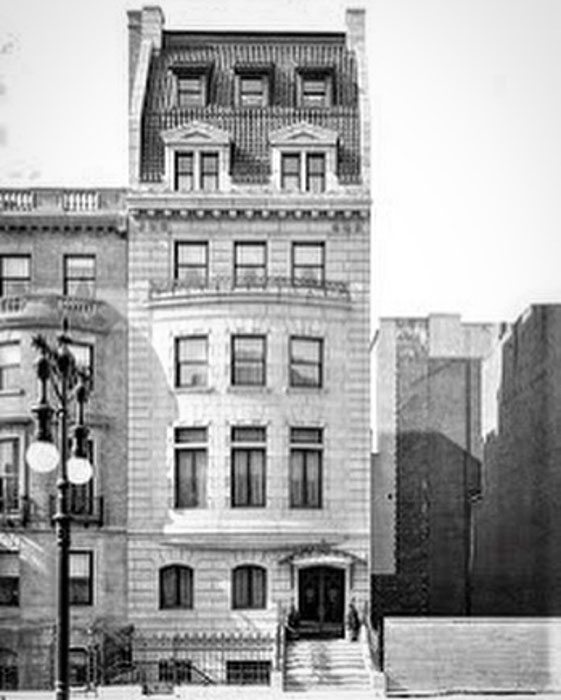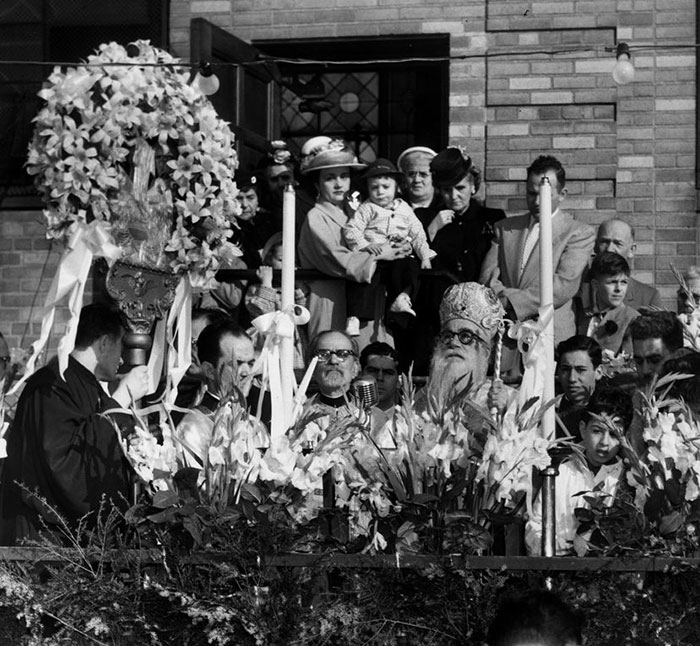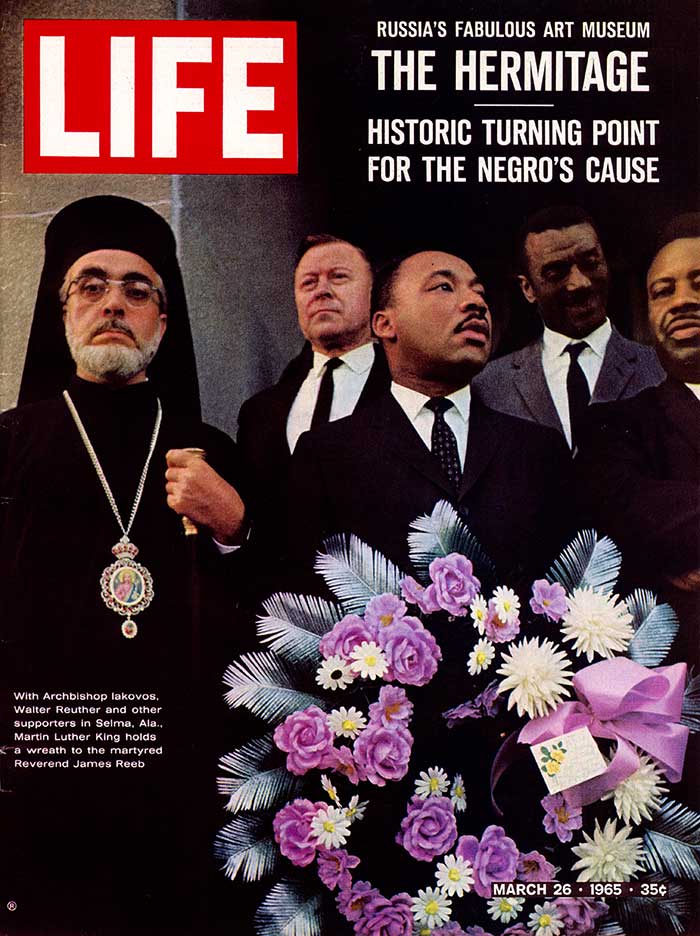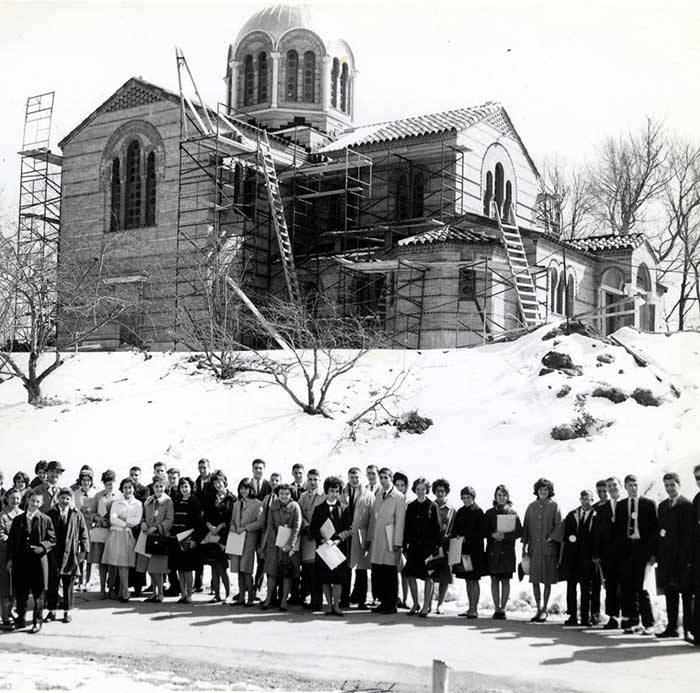History of the Charter

Understanding the 100-year history of the Greek Orthodox Archdiocese of America, its administrative structures over the last five Charters, and the specific needs each Charter addressed at that given point in time, is critical to understanding how the Archdiocese can move forward in the future. Similarly, comprehending Orthodox ecclesiology and the canonical tradition of our Church are the very foundation of our ecclesial life in America. Thanks to our Mother Church of Constantinople, we have thrived in America for the past 100 years because of our Orthodox ecclesiology and the observance of our canonical tradition. Let these be the hallmarks of our legacy in the next 100 years as well.
Charter of 1922
The first Charter of the Archdiocese was given from the Ecumenical Patriarchate on December 28, 1922 and it was intended from the beginning to be a temporary Charter. This first Charter, approved by the Holy and Sacred Synod, codified the structure which had been mentioned in the establishment Tomos of the Archdiocese. Namely, there was an Archdiocesan district and three additional dioceses – Boston, Chicago, and San Francisco, wherein the hierarchs of these dioceses exercised administrative authority. The parishes in Central and South America would fall to the Archdiocesan district based out of New York whereas parishes in Canada were subject to one of the other three dioceses, whichever was closest in proximity. Although Article VII of this Charter mentions that the Archdiocese would have its own “Synod,” it must be noted that this was an Eparchial Synod as the text goes on to clarify. This Eparchial Synod was comprised of four members: the Archbishop and the three ruling bishops of the aforementioned dioceses.

Charter of 1927
As previously mentioned, there was always the intention to revisit the first Charter and to offer augmentations for a more refined governing document. The aim was to take the lessons learned from previous years and to apply them for more effective administration based on this experience. Therefore, the Charter of 1927 essentially retained the same administrative structure including the Eparchial Synod and the same dioceses, though some augmentations were made in determining geographical administrative boundaries.
Charter of 1931
The Charter of 1931 was the longest lasting Charter and it was one of the most significant in terms of its changes to the administrative structure of the Archdiocese. To better understand the rationale for these changes, one must be acquainted with the historical reality unfolding at this time in the new world. As a greater and greater number of Greek immigrants came to the United States, they not only brought with them their faith, customs, and traditions, but also their political proclivities. The Archdiocese was no stranger to these types of issues since such political divisions had existed even before the establishment of the Archdiocese. With continued political partisanship in their homeland combined with other political and ecclesiastical issues, the situation manifested into a severe problem which threatened the unity of the Church in America. Communities were divided among themselves and several were distrustful of the Archdiocese which was trying to unify the various parishes.

In time, there would be a new Charter, crafted to address the problems the Church in America faced. This new Charter, given by the Ecumenical Patriarchate on January 10, 1931, eliminated the Synod and the dioceses in the Americas, bringing the entire Archdiocese under the sole oversight of the Archbishop. Moreover, all bishops serving the Archdiocese would not serve as ruling hierarchs but would, instead, be serving as auxiliary bishops to the Archbishop. This rapid centralization of ecclesiastical authority outlined in the Charter of 1931 has occasionally been criticized as being despotic and authoritarian, however, such a viewpoint would be ignoring the very real danger the Archdiocese was facing vis-à-vis preserving the unity of the Greek Orthodox community. This Charter, known for its centralization of authority, is also known for being the longest-lasting. It would remain in place for forty-six years during which time the Archdiocese experienced exponential growth and a flourishing of ministries.
Charter of 1977
The Charter of 1977 would see yet another significant shift in the administrative structure of the Archdiocese. It is worth noting that the impetus for this Charter began with a memorandum written by Archbishop Iakovos of North & South America to the Holy and Sacred Synod, requesting the Archdiocese to be restructured. His initial suggestion, as detailed in a lengthy letter he had written to Ecumenical Patriarch Dimitrios on November 20, 1973, was for the Archdiocese to be divided into four Metropolises in the United States, another Metropolis for Canada, and another Metropolis for Central and South America. In his letter, however, he noted potential risks and underscored reservations about such a prospect. Specifically, he mentioned the possibility that a fracture in the unity of the Archdiocese could occur if certain precautions were not built in to future governing documents which could possibly lead to Metropolises acting independently from the united Archdiocese. He noted how this division would be disastrous and catastrophic to the devout faithful as well as our beloved Mother Church.

By the beginning of 1975, a major shift took place. Archbishop Iakovos indicated that he was going to withdraw his initial request to the Ecumenical Patriarchate to create Metropolises and within a month of this first indication, new outlines of administrative structures were drafted negating the idea of Metropolises and replacing them with dioceses.
Ultimately, on November 29, 1977 the Holy and Sacred Synod, approved the Charter and granted it to the Greek Orthodox Archdiocese. This Charter once again introduced a Synod of Bishops which would function as a modified provincial Synod. Moreover, a diocesan model of administration with various dioceses throughout the country was reintroduced, but it must be noted that the bishops in these dioceses would still remain auxiliary bishops under the authority of the Archbishop. They would, nevertheless, have certain administrative roles within their own dioceses as well as the be honored with the name of their diocese. This structure, however, gave rise to some issues. Some of the auxiliary bishops wanted to elevate their positions beyond that which the Charter and Orthodox canonical tradition provided. Thinking they were ruling hierarchs, they would occasionally appropriate for themselves prerogatives which were completely inconsistent with the canonical tradition. These actions were signs that some of the bishops began to act independently from the Archdiocese in a manner completely contrary to Canon Law.

This would be an issue that would only become more problematic as time went on and especially into the 1990’s. During the early 1990’s certain auxiliary bishops were publicly advocating for their own elevation to the rank of Metropolitan, but failing to give any practical pastoral reasons for such an elevation. This was officially voiced by the auxiliary bishops in a communique in early 1993 when they lobbied for and succeeded in having a committee formed for the examination of this topic. Archbishop Iakovos noted publicly that the creation of Metropolises in the Archdiocese would lead to its fracture and would threaten its unity because it did not come from a desire to serve the people, but rather to satiate personal desires. This is a debate that would continue even after the resignation of Archbishop Iakovos in 1996.
The Events of 1996
July 30, 1996 signified the date of the resignation of Archbishop Iakovos of North & South America and the election of Archbishop Spyridon of America. It is also the date wherein the Archdiocese would be divided into four distinct eparchies by decision of the Holy and Sacred Synod of the Ecumenical Patriarchate. Thus, from that time forward, the Archdiocese would be known as the Greek Orthodox Archdiocese of America and would comprise the fifty states, the District of Columbia, and the Bahamas.

The Charter of 2003
Due to the change of the structure of the Archdiocese in 1996, there was a need for a Charter that reflected the new administrative reality of the Archdiocese. The auxiliary bishops, who had been petitioning the Patriarchate to be elevated to the rank of Metropolitan since at least the early 1990’s, if not earlier, were in 1997 elevated to the rank of Metropolitans of once-renowned sees and Presidents of the Dioceses which they served.
After a period of some years, on January 18, 2003, the Holy and Sacred Synod granted the Archdiocese a new Charter. A key feature of this most recent Charter is the codification of the elevation of the dioceses to Metropolises and, likewise, the elevation of the hierarchs of these Metropolises to Metropolitans of their new respective see. This most recent Charter also sees a more stark delineation in regards to the role of the ruling hierarchs in their sees which is exemplified in a number of ministries being replicated on the Metropolis level instead of having an efficient centralized administration.
